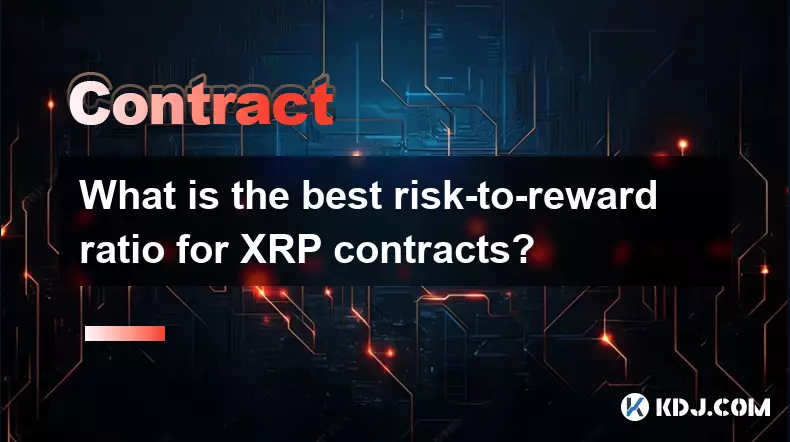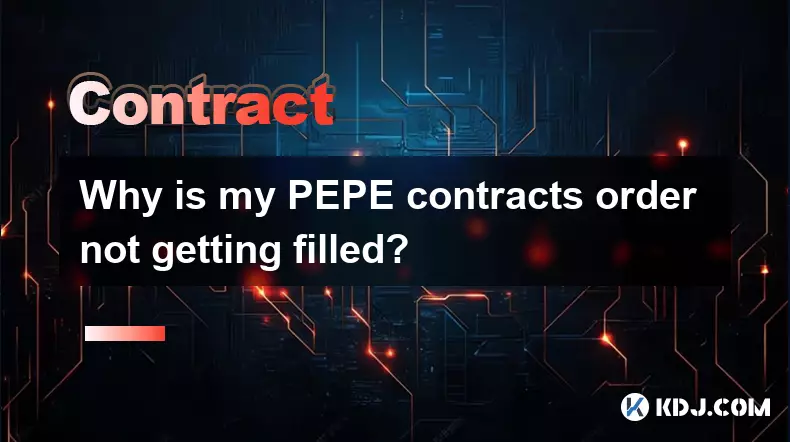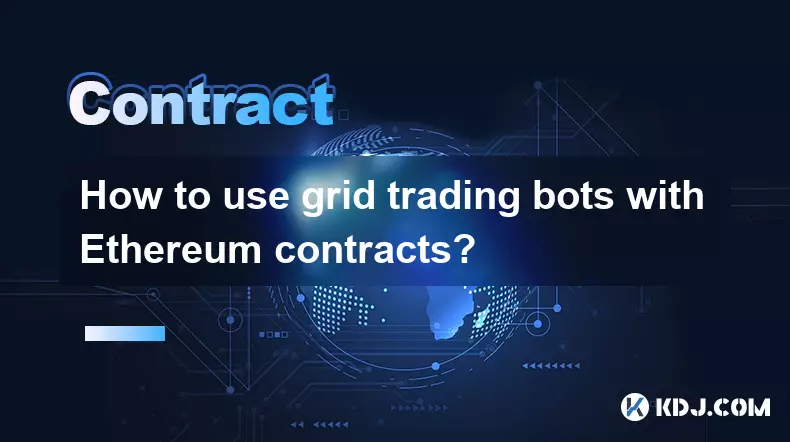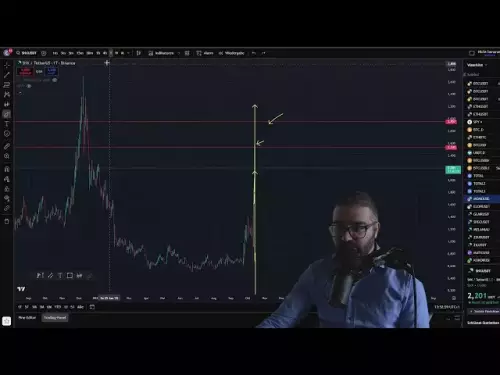-
 bitcoin
bitcoin $115692.075601 USD
5.13% -
 ethereum
ethereum $4162.931611 USD
11.68% -
 bnb
bnb $1310.063287 USD
17.56% -
 tether
tether $1.000983 USD
0.00% -
 xrp
xrp $2.534505 USD
8.16% -
 solana
solana $198.235737 USD
13.49% -
 usd-coin
usd-coin $1.000236 USD
0.02% -
 dogecoin
dogecoin $0.207352 USD
12.89% -
 tron
tron $0.323043 USD
3.62% -
 cardano
cardano $0.701559 USD
11.88% -
 hyperliquid
hyperliquid $39.924597 USD
8.30% -
 chainlink
chainlink $18.934457 USD
11.56% -
 ethena-usde
ethena-usde $1.000552 USD
0.02% -
 stellar
stellar $0.340575 USD
7.05% -
 bitcoin-cash
bitcoin-cash $545.011757 USD
8.86%
Gemini contract trading Explanation
Gemini Contract Trading, a customizable trading service that provides leverage, short-selling capabilities, and flexible strategies for speculating on cryptocurrency price movements.
Nov 07, 2024 at 06:59 am

Gemini, a leading cryptocurrency exchange, offers contract trading services that allow traders to speculate on the price movements of various cryptocurrencies without physically owning the underlying assets. Contract trading involves using derivatives instruments, known as futures and options contracts, which provide traders with greater flexibility and leverage for managing risk.
Understanding Gemini Contract Trading- Futures Contract:
Futures contracts are standardized agreements to buy or sell a specific quantity of a cryptocurrency at a predetermined price and time in the future. The value of a futures contract is derived from the underlying asset's future price expectations. Traders can use futures contracts to speculate on price movements, hedge against risk, or capitalize on arbitrage opportunities.
- Options Contract:
Options contracts grant the holder the right, but not the obligation, to buy (call option) or sell (put option) a specified amount of cryptocurrency at a set price within a certain time frame. Options contracts provide flexibility in implementing trading strategies due to their inherent flexibility and limited risk exposure.
Gemini's contract trading services offer numerous advantages for traders:
- Leverage: Leverage allows traders to control a larger position in an underlying cryptocurrency with a smaller amount of capital. It can amplify gains but also magnify potential losses.
- Short-Selling: Contract trading enables traders to short-sell cryptocurrencies for speculation or hedging purposes. Short-selling allows traders to capitalize on price downtrends.
- Flexibility: Contract trading offers traders the flexibility to customize their trading strategies based on their risk tolerance and market conditions.
- Transparency: Gemini's transparent trading engine and deep liquidity ensure a fair and orderly marketplace for contract trading.
- Create a Gemini Account:
Traders must open a Gemini account and complete the identity verification process to access contract trading services.
- Fund Your Account:
Deposit cryptocurrency or fiat currency into your Gemini account to use for contract trading.
- Choose a Trading Pair:
Select the cryptocurrency pair you wish to trade, such as BTC/USD, ETH/USD, or others supported by Gemini.
- Set Order Parameters:
Determine the contract type (futures or options), strike price, quantity, and order type (limit, market, stop-limit) for your trade.
- Execute Your Trade:
Once you have set the order parameters, initiate the trade to buy or sell the contract.
- Monitor Your Position:
Track the progress of your open contract by monitoring its performance and risk exposure through Gemini's user-friendly trading platform.
- Manage Risk:
Implement prudent risk management strategies, including stop-loss orders and position sizing, to limit potential losses and protect your capital.
- Close Your Position:
When ready, close your contract position by placing an opposite order to your opening trade, which will exit the existing contract and realize the profit or loss.
Contract trading on Gemini empowers traders with advanced financial instruments to capitalize on market fluctuations. By understanding the concepts of futures and options contracts and following the step-by-step guide, traders can leverage the benefits of contract trading while managing风险。 However, it's crucial to approach contract trading with a solid understanding of the risks involved and implement appropriate risk management strategies to protect against potential losses.
Disclaimer:info@kdj.com
The information provided is not trading advice. kdj.com does not assume any responsibility for any investments made based on the information provided in this article. Cryptocurrencies are highly volatile and it is highly recommended that you invest with caution after thorough research!
If you believe that the content used on this website infringes your copyright, please contact us immediately (info@kdj.com) and we will delete it promptly.
- XRP Price Prediction: Weekend Rollercoaster or Rally?
- 2025-10-12 08:45:16
- Bittensor (TAO): Super Bullish Signals Point to Potential 2x Rally
- 2025-10-11 10:25:12
- Silver Price Correction: Navigating the Dip & Identifying Key SEO Keywords
- 2025-10-11 10:25:12
- Decoding Crypto Trends: Bittensor's Bull Run, Cardano's Dip, and LivLive's Presale Buzz in 'Uptober 2025'
- 2025-10-12 08:45:16
- MoonBull: The Crypto Meme Coin Promising 1000x Gains?
- 2025-10-11 10:30:01
- Crypto Payroll Revolution: Stablecoins, Altcoins, and the Future of Salary Payments
- 2025-10-11 10:30:01
Related knowledge

How to calculate the ROI for Ethereum contracts?
Oct 09,2025 at 04:36pm
Understanding Ethereum Contract ROI Basics1. Return on Investment (ROI) for Ethereum contracts begins with tracking the initial capital deployed into ...

What is the best risk-to-reward ratio for XRP contracts?
Oct 11,2025 at 04:18am
Understanding Risk-to-Reward in XRP Futures Trading1. The risk-to-reward ratio is a fundamental metric used by traders to evaluate the potential profi...

Why is my PEPE contracts order not getting filled?
Oct 12,2025 at 06:01pm
Understanding Liquidity Issues in PEPE Contracts1. Low liquidity is one of the primary reasons a PEPE contract order may not get filled. Many meme-bas...

Is it better to trade Dogecoin contracts or spot?
Oct 12,2025 at 04:54pm
Understanding Dogecoin Spot Trading Mechanics1. Spot trading involves the direct purchase and ownership of Dogecoin at the current market price. Trade...

How do I calculate my breakeven point on XRP contracts?
Oct 09,2025 at 08:36pm
Understanding the Breakeven Point in XRP Futures TradingCalculating the breakeven point for XRP contracts is essential for traders who engage in futur...

How to use grid trading bots with Ethereum contracts?
Oct 12,2025 at 05:01am
Understanding Grid Trading Bots in the Context of Ethereum1. Grid trading bots operate by placing a series of buy and sell orders at predetermined pri...

How to calculate the ROI for Ethereum contracts?
Oct 09,2025 at 04:36pm
Understanding Ethereum Contract ROI Basics1. Return on Investment (ROI) for Ethereum contracts begins with tracking the initial capital deployed into ...

What is the best risk-to-reward ratio for XRP contracts?
Oct 11,2025 at 04:18am
Understanding Risk-to-Reward in XRP Futures Trading1. The risk-to-reward ratio is a fundamental metric used by traders to evaluate the potential profi...

Why is my PEPE contracts order not getting filled?
Oct 12,2025 at 06:01pm
Understanding Liquidity Issues in PEPE Contracts1. Low liquidity is one of the primary reasons a PEPE contract order may not get filled. Many meme-bas...

Is it better to trade Dogecoin contracts or spot?
Oct 12,2025 at 04:54pm
Understanding Dogecoin Spot Trading Mechanics1. Spot trading involves the direct purchase and ownership of Dogecoin at the current market price. Trade...

How do I calculate my breakeven point on XRP contracts?
Oct 09,2025 at 08:36pm
Understanding the Breakeven Point in XRP Futures TradingCalculating the breakeven point for XRP contracts is essential for traders who engage in futur...

How to use grid trading bots with Ethereum contracts?
Oct 12,2025 at 05:01am
Understanding Grid Trading Bots in the Context of Ethereum1. Grid trading bots operate by placing a series of buy and sell orders at predetermined pri...
See all articles










































































